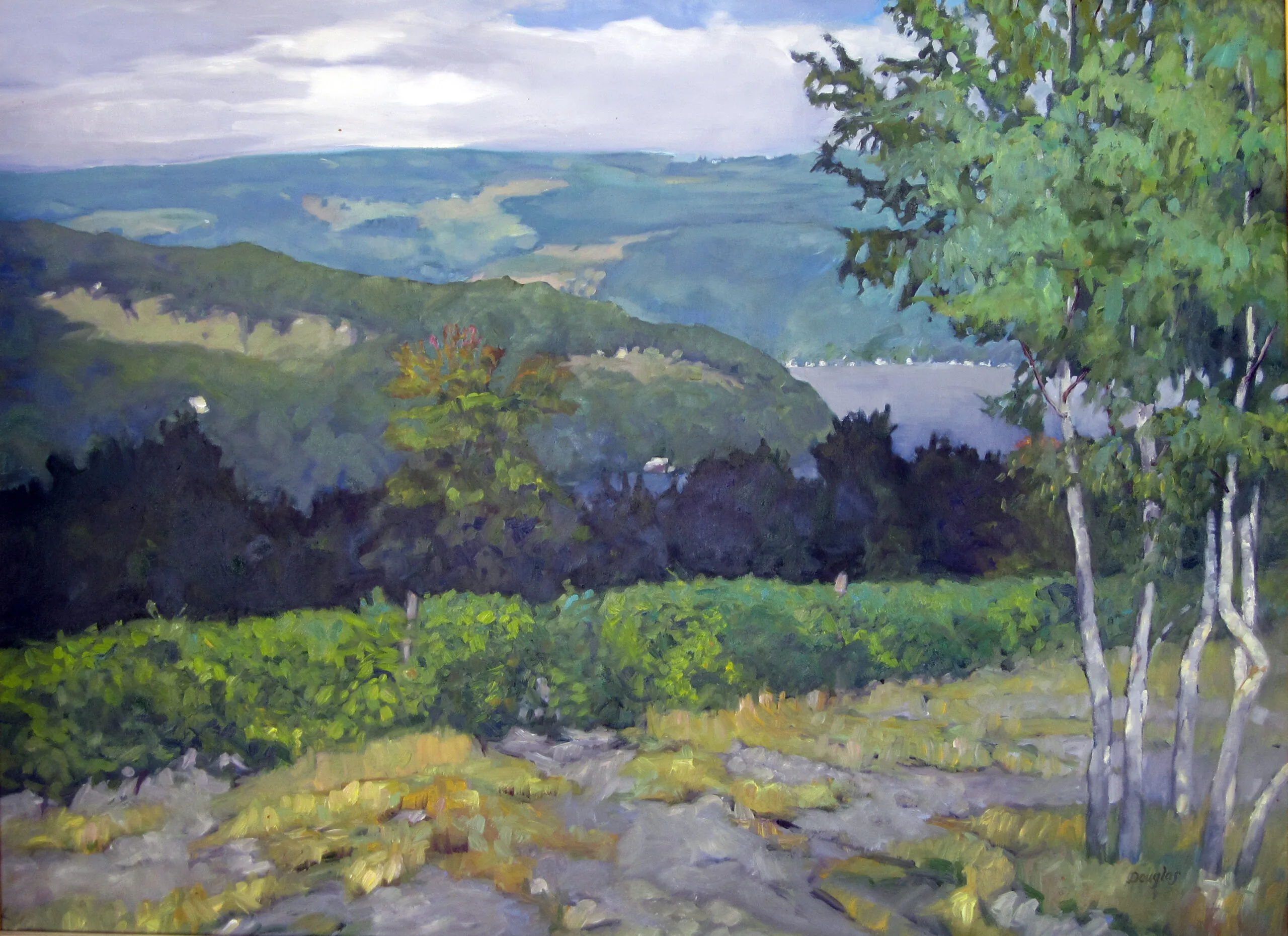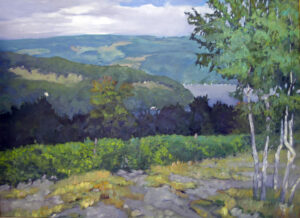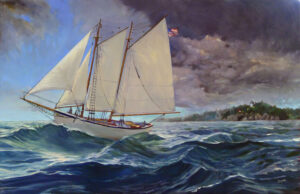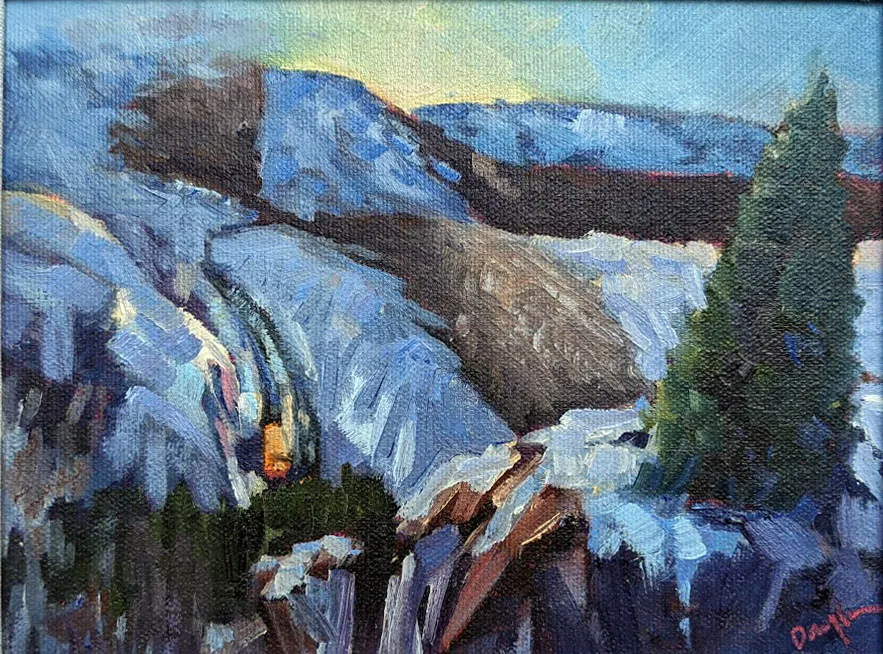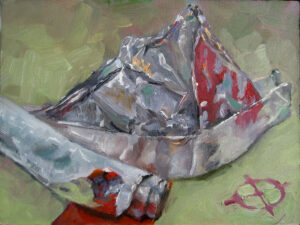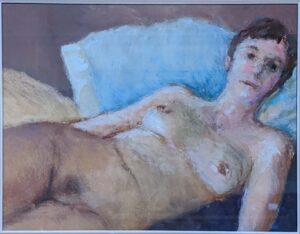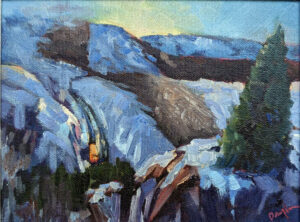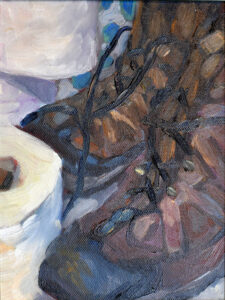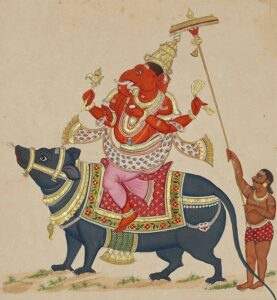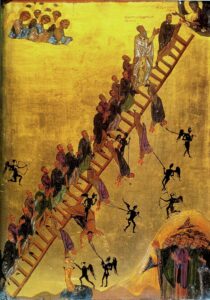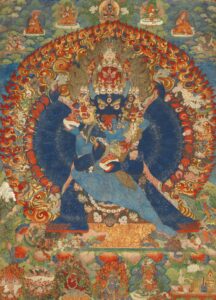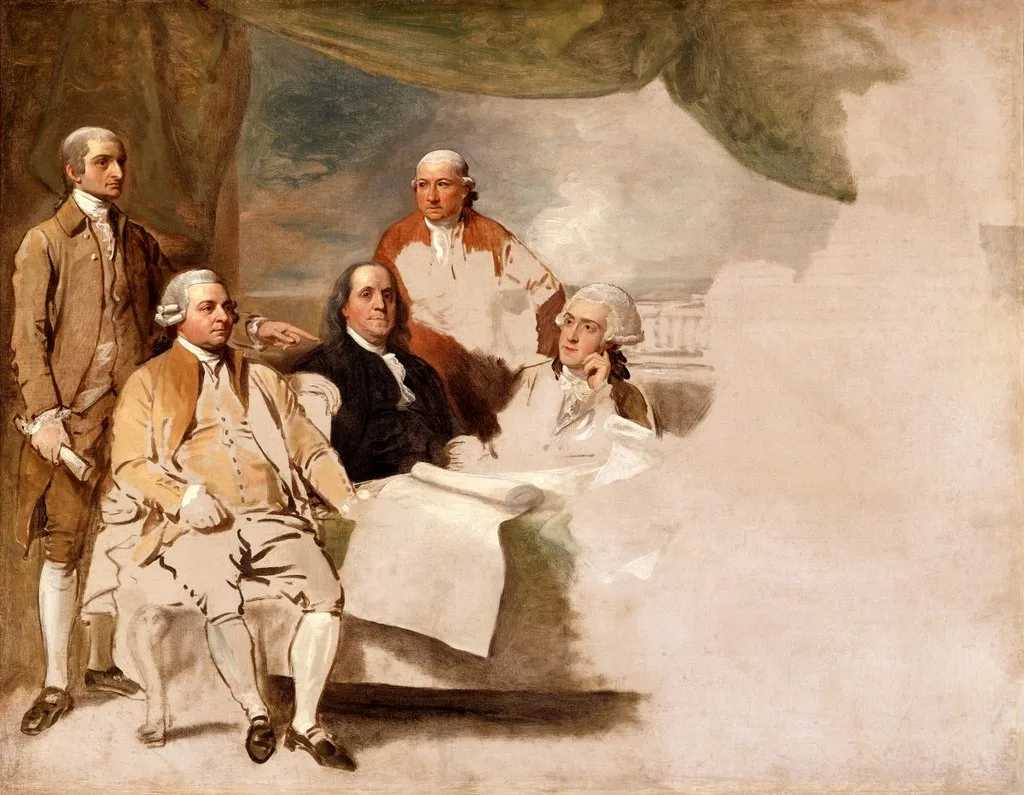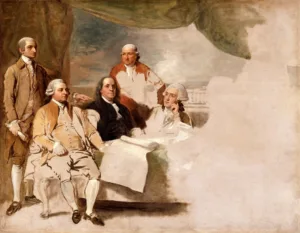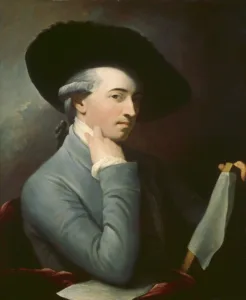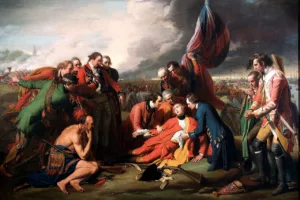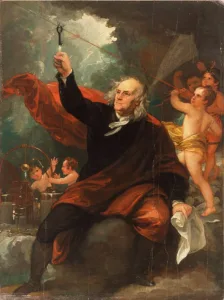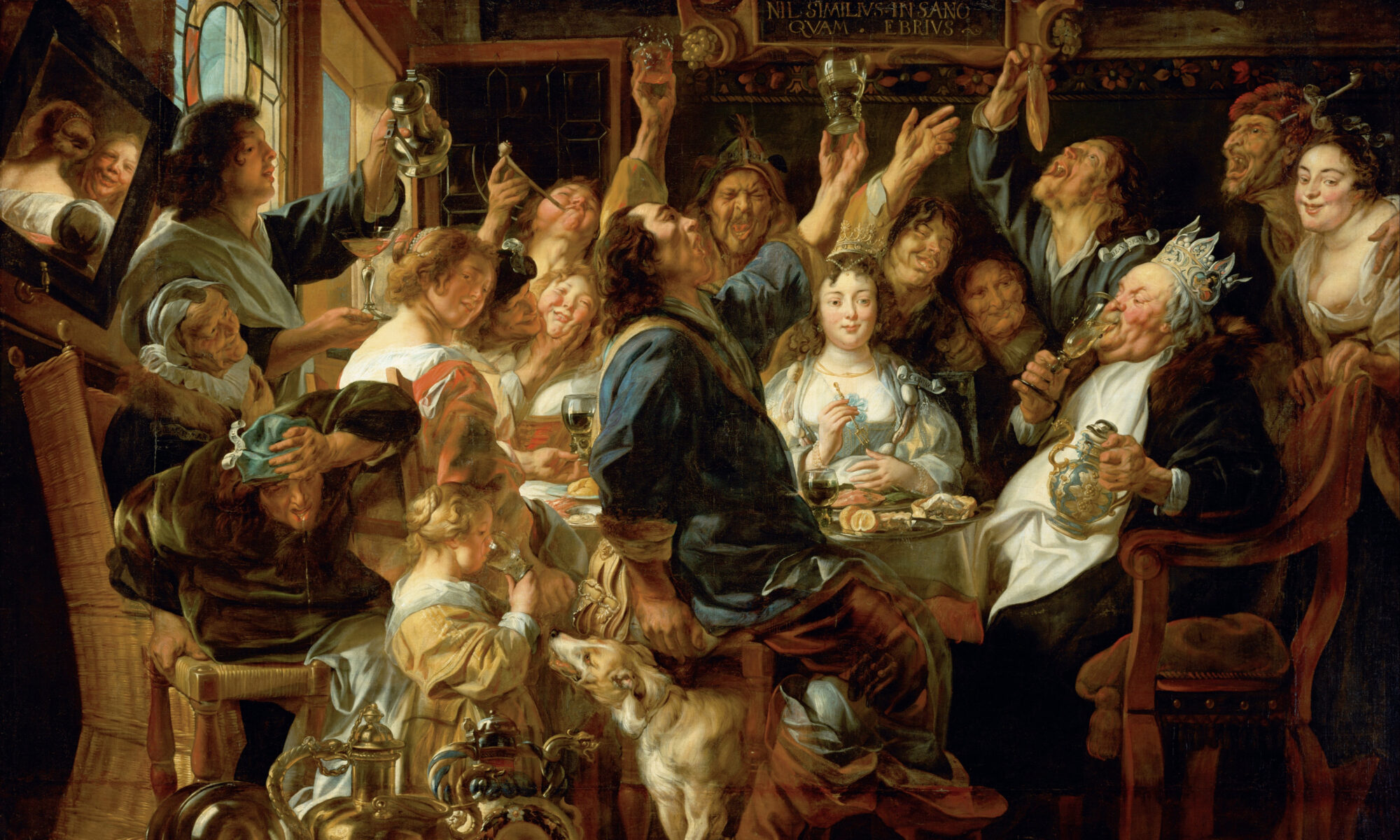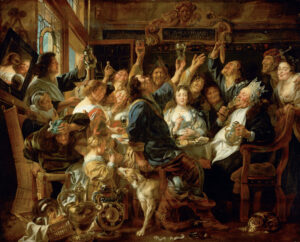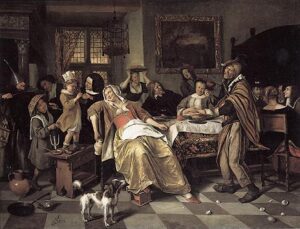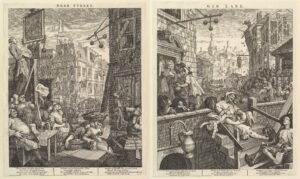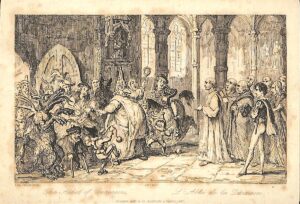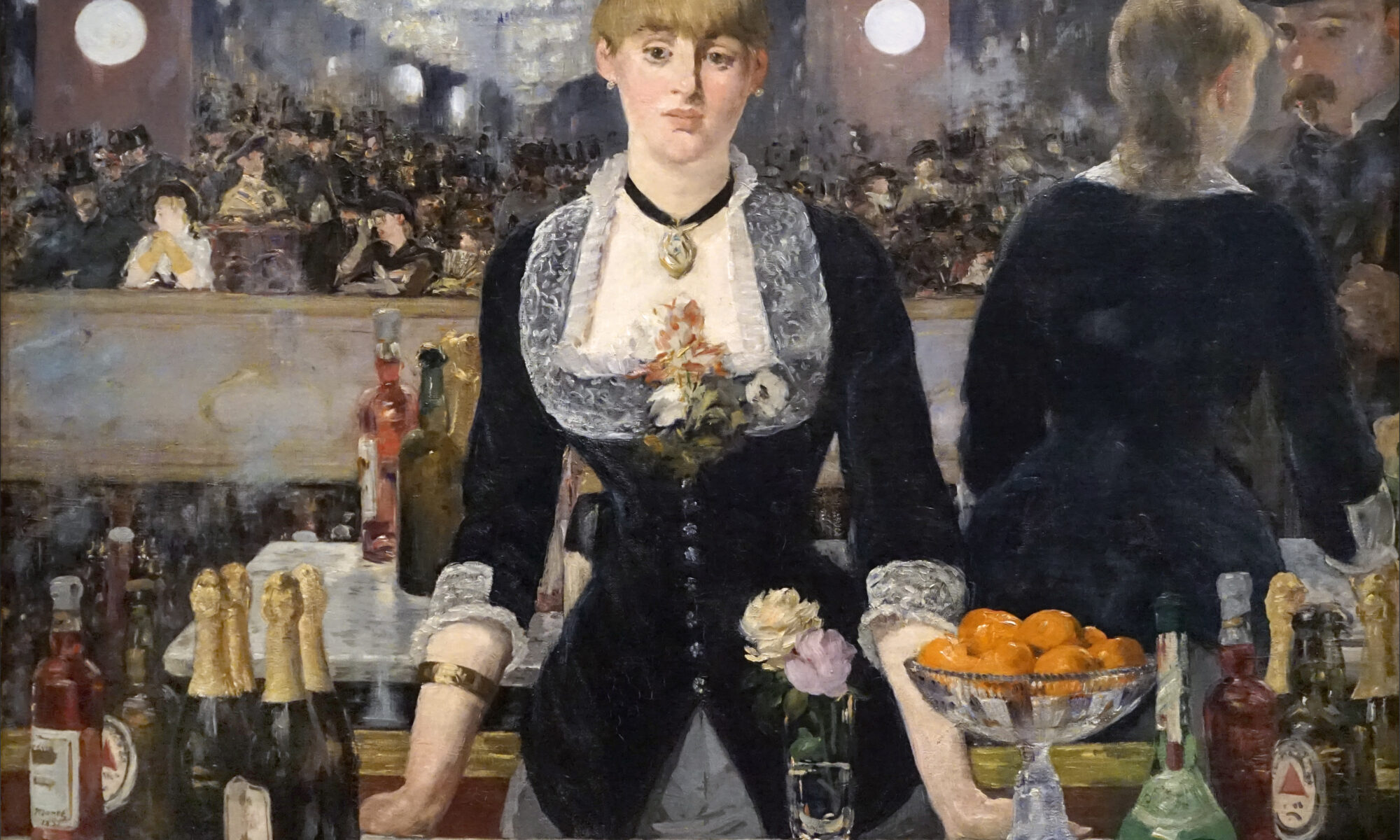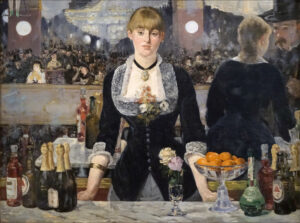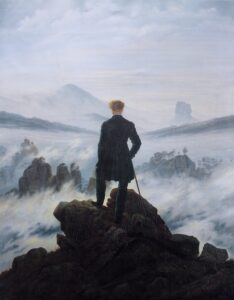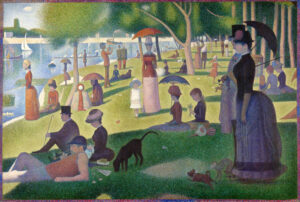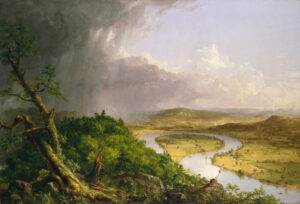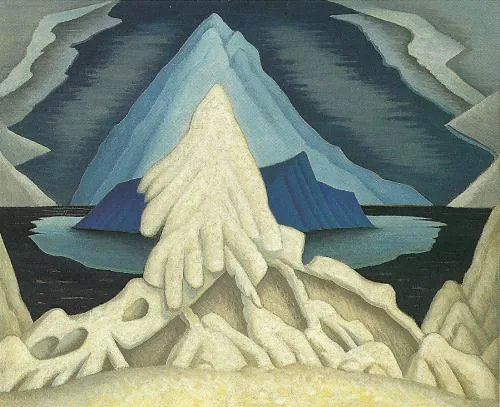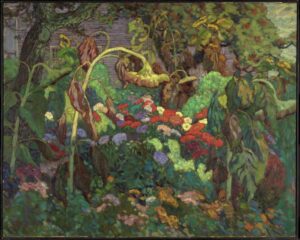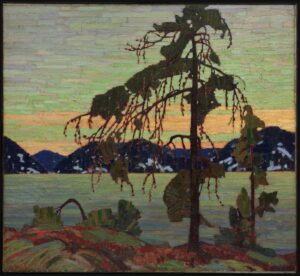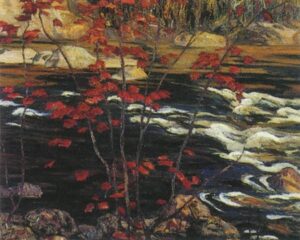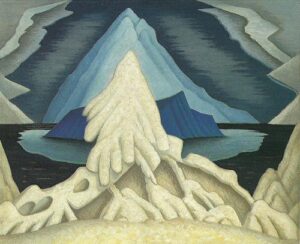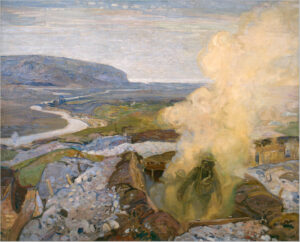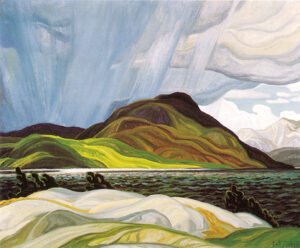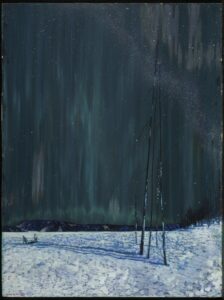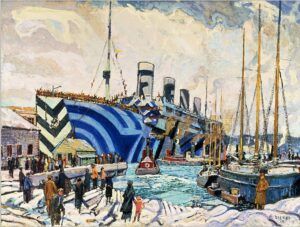The consistent top-ranked post on my blog when it was on Blogger was about folding a plastic bag to fit in your paint kit. It remains useful even with plastic bag bans in some parts of the country.
The consistent top-ranked post on this platform is Debunkery #1: No, you’re probably not a tetrachromat. Month after month, it outperforms every other post. Most visitors stay on it for an average of just 1m 16s before flitting away, either to another page on this website or to someone who humors their dreams of tetrochromacy.
I’m surprised they stay that long. Eight years after I first wrote it, there’s still no evidence for tetrachromacy in humans. The idea should be consigned to the intellectual dustbin along with things like phrenology and the Myers-Briggs Type Indicator. But if tetrachromacy introduces them to my blog, I’ll gladly take it.
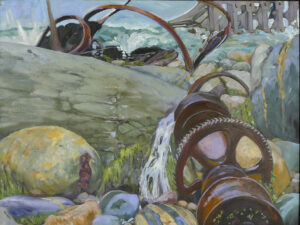
A reader sent me this review of the upcoming Get the Picture by Bianca Bosker. It tallies with my goddaughter’s career in New York. Sandy made the error of getting her BFA and MA at prestigious schools without having a bean in her pocket. Gallerists mistook her for a trust-fund baby who could bask in their reflected glory rather than earn a living wage.
“Art devotees spoke like they were trapped in dictionaries and being forced to chew their way out,” Bosker wrote. For any of us forced to listen to or read near-incomprehensible drivel about near-incomprehensible art, that rings true.
I was a terrible student. Voted ‘most likely to drop out’ by my sixth-grade class, I did not materially change by college. Yet I’m well-read, literate and numerate, and my unconventional education has been a blessing. My brain is cluttered up with the bad ideas of my own choosing.
There’s a lot of dreck written about art. Art isn’t that difficult, but lard it with lashings of pompous blather, and it rolls off most normal people. Obviously, there are many excellent art scholars out there, but they’re often outmaneuvered by the bloviators. (According to Warren G. Harding, bloviation is “the art of speaking for as long as the occasion warrants, and saying nothing.”)
I hope I can say something intelligent about art without being caught up in the art-speak that drives me mad. I want to motivate people to learn to make and appreciate art, to buy it intelligently, and to understand its importance for the 99% of us who aren’t perusing it in Chelsea.
I can no longer remember why I started blogging so many years ago. In fact, I don’t have records of the first iteration of this blog on WordPress, before I went to the Bangor Daily News. I do know why I keep writing it, however.

A few years ago, I was happy to have readers in the US and Canada, with a smattering in the UK. That has grown now to a worldwide audience (see above). I teach to students from across the US and Canada and just had a student enroll from Scotland. On Monday I demoed to an art group in England. The internet is full of lots of schlock, but it also compresses distances and allows us to bypass the most egregious blowhards. As a person who could never thrive in the rigid systems of my youth, I find it liberating.
On Friday, I released Step 5, the Foundation Layer, of my Seven Protocols for Successful Painters. This is the heart of painting, where the first layer of color is applied, and it’s very useful information.
My 2024 workshops:
- Painting in Paradise: Rockport, ME, July 8-12, 2024.
- Sea & Sky at Schoodic, August 4-9, 2024.
- Find your authentic voice in plein air: Berkshires, August 12-16, 2024.
- Art and Adventure at Sea: Paint Aboard Schooner American Eagle, September 15-19, 2024.
- Immersive In-Person Workshop: Rockport, ME, October 7-11, 2024.

